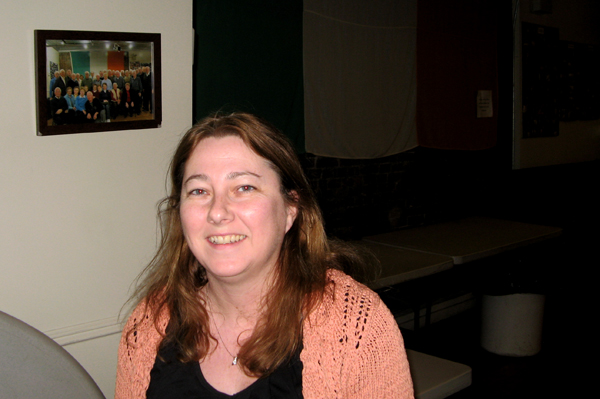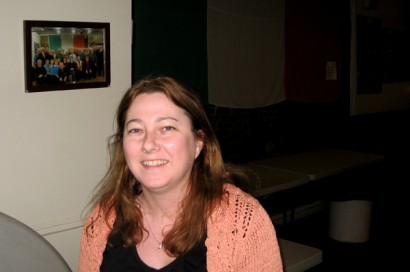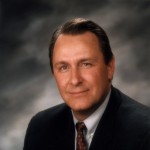Sometimes a book can change a life. One did for Pauline O’Brien.
She is the assistant principal of the High School for Medical Professions in Canarsie, Brooklyn. The book’s title is Savage Inequalities, by Jonathan Kozol, which she read as a young Irish immigrant in the early 1990s.
O’Brien, who grew up the second youngest of nine children on a farm near the Silvermines Mountain in County Tipperary, was just 19 when she arrived in the United States in 1990. She worked in a variety of service related jobs: minding children, cleaning apartments, and working in pubs and restaurants. Finally, she became a restaurant manager.
But then, she said, “I asked myself: ‘What do I want to do my life?’”
Listen to the podcast:
Subscribe to the Fi2W podcast using iTunes or Podbean ¦ Download this episode
After O’Brien completed an associate’s degree in business at La Guardia Community College and then a degree in sociology and English at Baruch College, she considered her options.
“I heard about the New York City Teaching Fellows Program. And I explored that a little,” she said.
At that time, advocates were encouraging Irish immigrants whom they assessed to be college material, and who had missed attending college in Ireland, to seek educational opportunities in the United States.
In the 1990s, under Paul Finnegan’s stewardship, the Emerald Isle Immigration Center in Woodside, Queens published a booklet explaining the practicalities of applying for colleges and financial aid. (O’Brien is now on the board of the New York Irish Center in Long Island City, Queens where Finnegan is the executive director.)
She remembered that she’d enjoyed teaching when volunteering with an organization that helped HIV positive adults get their GED. But the deciding factor was Savage Inequalities. She’d been surprised to learn that, unlike Ireland, education in the U.S. was paid for by property taxes, which was something that reinforced segregation and class bias.
“It had come as a huge shock,” she recalled.
O’Brien remembered that back in the classroom in County Tipperary the doctor’s son could sit beside the laborer’s daughter. The system allowed for some sort of equality of opportunity. The American way, it seemed, prevented it.
So, more than a decade after stumbling upon Kozol’s book, she dedicated herself to working for New York’s underserved communities.
“In looking at social change and looking at the impact that poverty and that the lack of education had on kids in this country it was kind of an easy decision to make in one sense. I didn’t know what I was letting myself in for, but it was a good decision.”
If being an outsider has given her a perspective on American education, it has also helped her as a teacher in the High School for Medical Professions, which was established three years ago in a working-class neighborhood populated by many immigrants. The school has 349 students, of which 81 are foreign born, some from as far as away as Nepal and Japan. Another large group of students was born to immigrant parents.
O’Brien believes that she can help ease students from the more teacher-centered approach used by schools in some countries, to the looser, project-orientated one favored in America.
“The expectation is that kids learn to read and that they learn to write and a lot of it still encompasses rote memorization, which isn’t necessarily the way to go in education, but at times it does have a place,” she said.
“It’s very structured,” she added. “The expectations are that the kids will learn how to spell and I think discipline is also a huge part of that: the expectation is that you are in school to learn so that you can have a better life.”
The assistant principal, who works very long days, 12 months of the year, tries to ensure that each of her school’s students gets a shot at a better life.
But having understood it theoretically a long time ago, O’Brien nowadays must deal with the realities of the challenges that inequality presents in education.
“You’ve got to believe that you can make a difference,” she said, “even if it’s in the life of just one student,” she said.
Peter McDermott is a Fi2W education reporting fellow. His work, and the work of other Fi2W fellows, is supported by the New York Community Trust and the John S. and James L. Knight Foundation with additional support from the Mertz Gilmore Foundation.





